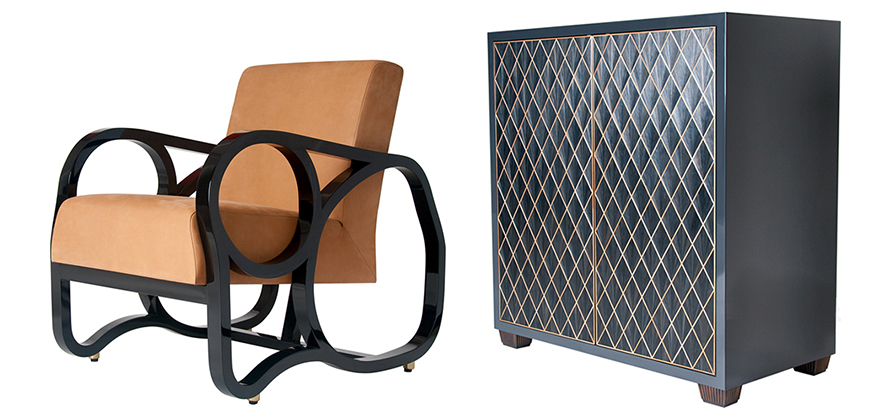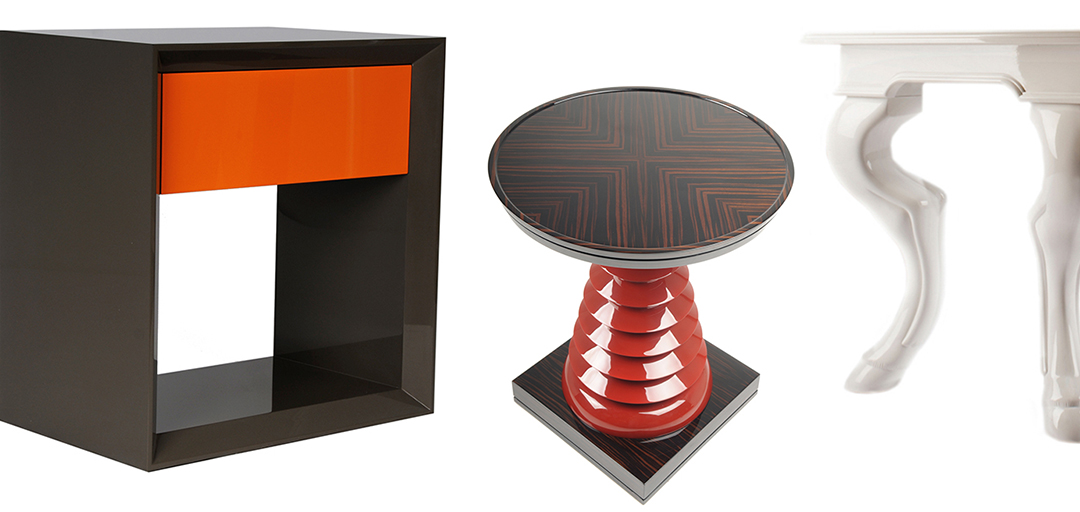“Fashion fades, only style remains the same.” – Coco Chanel
With its compound curved lines and camel suede often found in Chanel’s interiors, our Lounge Chair (J9) is a deceptively simple homage to the legendary designer, as well as 1930’s Paris in general. Sitting atop four polished brass accents, the chair also features luxurious lacquer / cerused oak. We feel this detail is the – no pun intended – finishing touch that makes our Lounge Chair shine.
After all, lacquer is one particular style that has truly remained the same for approximately 7,000 years. The earliest example discovered so far is a big bowl painted in red lacquer unearthed at Hemudu, Zhejiang province in China. In fact, large numbers of ancient lacquer-ware from the Warring States period (476-221 BC) and the Qin and Han Dynasties (221BC-220 AD) have not only remained intact, but still catch people’s eyes with their exquisite decorative patterns – despite having been buried underground for over two thousand years.
How is this possible? The term lacquer originates from the Sanskrit word lākshā representing the lac insect, which secrete a waxy resin that is harvested and converted commercially into lac and shellac – and then used in various dyes, cosmetics, food glazes, wood finishing varnishes and polishes. This resin dries to a very hard and smooth surface layer which can definitely stand the test of time. Next to its glossy visual appeal and pleasing smooth touch, this sheer resilience against the environment over time is lacquer’s greatest attribute.
Yet another advantage to using lacquer is its incredibly fast drying time – the fastest finish for wooden furniture. Because of this speed, dust-free drying is not a problem, but it’s also why lacquer can be difficult to work with. Brushing is not recommended for amateur use, so for anyone attempting this technique in a non-professional capacity, a motorized spray gun is highly recommended (just be aware that lacquer fumes can be both toxic and explosive, so necessary precautions must be made in advance).
Of course, nothing that looks this good comes easy, but we feel lacquer is worth the effort – not to mention extremely versatile. Lacquer-ware can be categorized into a wide range of design varieties such as: gold-painted, filled-in, carved, inlaid with mother-of-pearl, jewels, or silver – the possibilities are virtually endless. For all of these reasons, we like to regard high-gloss lacquer as the proverbial icing on our carefully-designed cakes, and how fellow craftsmen and designers choose to incorporate it is entirely based on individual creative sensibilities.
Fashion might fade, but lacquer is forever.

